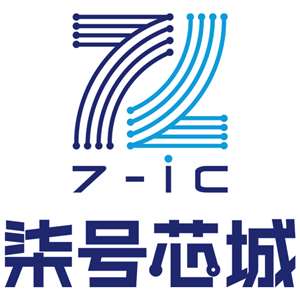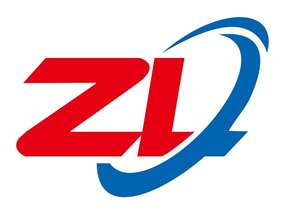Intel-Based Electronic Classroom Student Computing Station
2.0
Intel-Based Electronic Classroom Environment
Overview
An Intel-based electronic classroom is a teaching and learning environment that uses a server-client
system in the classroom to implement the curriculum. Teaching and learning is done using a
teacher station, student computing stations, and specific educational software applications and
content. With this modern educational technology, educators can deliver intuitive online courses,
training, demonstrations, and examinations. They can also incorporate access to the Internet and
intranet to enrich the educational experience.
An Intel-based electronic classroom LAN environment can consist of up to 60 student computing
stations, a teacher station, and a network server. In an Intel-based electronic classroom, every
student computing station is administered centrally. These student computing stations have high
reliability and security, and low maintenance costs. The student computing stations have a subset
of a PC feature set: they typically have a different motherboard configuration (described in
Section 4.0) and are configured without a CD-ROM drive or hard disk. This solution provides a
greater access to the necessary technology while simplifying maintenance and reducing the total
cost of ownership.
In schools, PCs can be used in teacher offices as productivity tools for administration and
development of teaching materials. These materials may then be used in Intel-based electronic
classrooms to teach subjects such as computer skills, languages, sciences, and mathematics. The
teacher uses the teacher station in the Intel-based electronic classroom to guide students through
the lesson, while each student follows the lesson on his/her own student computing station. The
students can also use their student computing stations independently to practice lesson materials
and learn other application software.
Desirable features of Intel-based electronic classroom student computing stations include the
following:
• Ease of management and maintenance
Primary and secondary schools typically do not have a full time Information Technology (IT)
staff to manage the Intel-based electronic classroom. Most IT administration is done by
teachers and student volunteers. Hence, the student computing stations used in the Intel-based
electronic classroom must be easy to manage.
Intel-based electronic classroom student computing stations can be configured without
CD-ROM and floppy drives. This further simplifies the management of these student
computing stations by preventing students from erasing files or corrupting the operating
system and applications.
• Low total cost of ownership (TCO)
Schools have limited budgets for setting up Intel-based electronic classrooms. Therefore, a key
consideration is affordability in terms of initial capital and ongoing maintenance costs,
including the costs of off-the-shelf educational applications and teaching content.
• Software availability and compatibility
Establishing a productive Intel-based electronic classroom depends on the availability of
system-compatible, off-the-shelf applications and teaching materials. It is important that
schools have tools to develop customized content to meet the particular needs of their students.
• Product life cycle support
Schools use Intel-based electronic classroom student computing stations for several years
before considering an upgrade. Therefore, replacement parts should be available for this
duration.
6
Application Note



![]()
![]()


![]()

![]()
![]()
